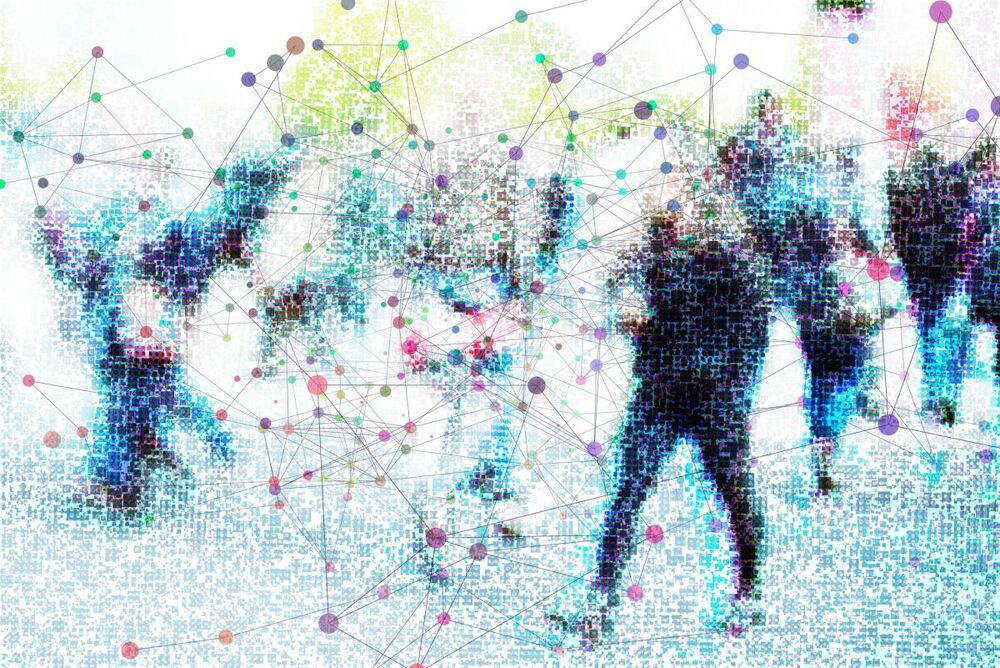Senior citizens are accustomed to constant probes by doctors, but wireless AI tech is enabling massive-scale, nonintrusive data monitoring.
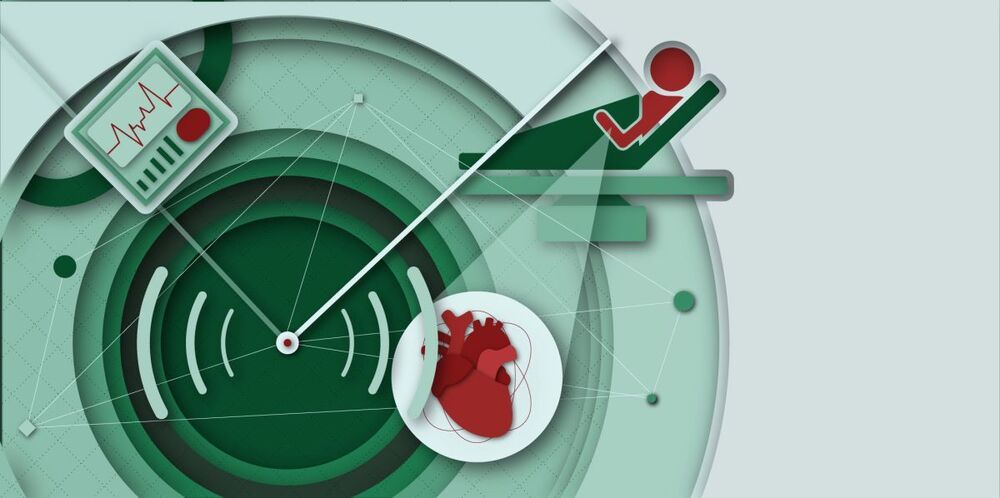



Exactly one hundred years ago, a play premiered that introduced a significant new word to the world – robot. When the first production of Karel Čapek’s R.U.R. opened on January 251921, at the National Theater in what is now the Czech Republic, it not only gave a name to the cybernetic machines that were just beginning to emerge, it also shaped people’s perceptions of what a robot is and the potential dangers they pose.
R.U.R., which stands for Rossum’s Universal Robots, came along at the perfect moment. The period between 1880 and 1930 saw the fastest rate of change in human history, with more fundamental advances in half a century than in the previous 2000 years.
It was the age of the machine, which had intruded so thoroughly into modern society that artists had to come up with whole new forms of expression to include it and portray it. It was also the age of Henry Ford, with his assembly line churning out thousands of uniform black motor cars by the thousands at a price that the average worker could afford. The telephone, wireless telegraphy, radio, the first televisions, radium, airplanes, plastic … the world was awash with new technology.
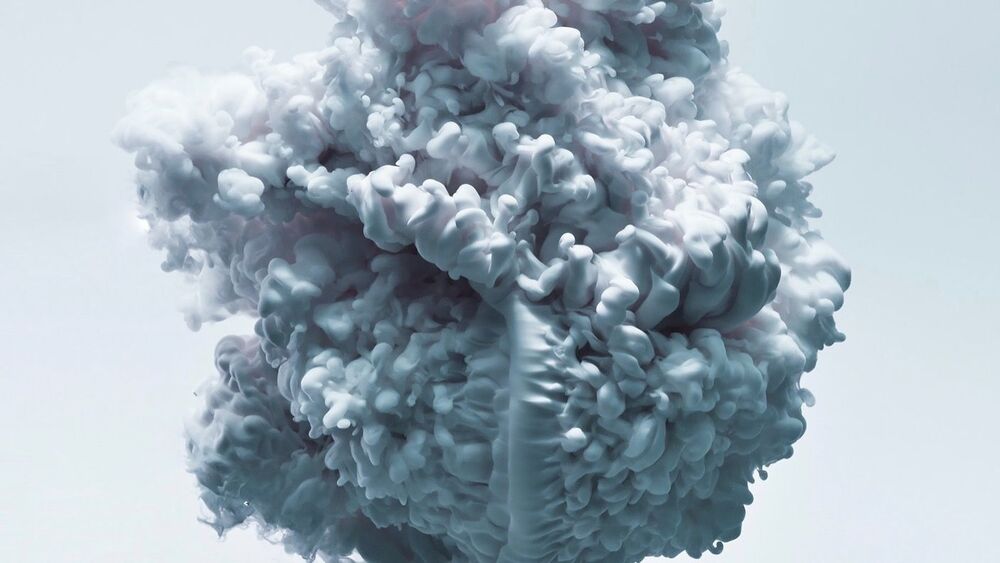
For all its comparisons to the human brain, AI still isn’t much like us. Maybe that’s alright. In the animal kingdom, brains come in all shapes and sizes. So, in a new machine learning approach, engineers did away with the human brain and all its beautiful complexity—turning instead to the brain of a lowly worm for inspiration.
Turns out, simplicity has its benefits. The resulting neural network is efficient, transparent, and here’s the kicker: It’s a lifelong learner.
Whereas most machine learning algorithms can’t hone their skills beyond an initial training period, the researchers say the new approach, called a liquid neural network, has a kind of built-in “neuroplasticity.” That is, as it goes about its work—say, in the future, maybe driving a car or directing a robot—it can learn from experience and adjust its connections on the fly.
In a world that’s noisy and chaotic, such adaptability is essential. ## **Worm-Brained Driver**
The algorithm’s architecture was inspired by the mere 302 neurons making up the nervous system of *C. elegans*, a tiny nematode (or worm).
In work published last year, the group, which includes researchers from MIT and Austria’s Institute of Science and Technology, said that despite its simplicity, *C. elegans* is capable of surprisingly interesting and varied behavior. So, they developed equations to mathematically model the worm’s neurons and then built them into a neural network.
Their worm-brain algorithm was much simpler than other cutting-edge machine learning algorithms, and yet it was still able to accomplish similar tasks, like keeping a car in its lane.
New ‘Liquid’ AI Learns Continuously From Its Experience of the World
While most machine learning algorithms can’t hone their skills beyond an initial training period, the new approach has a kind of built-in “neuroplasticity.”
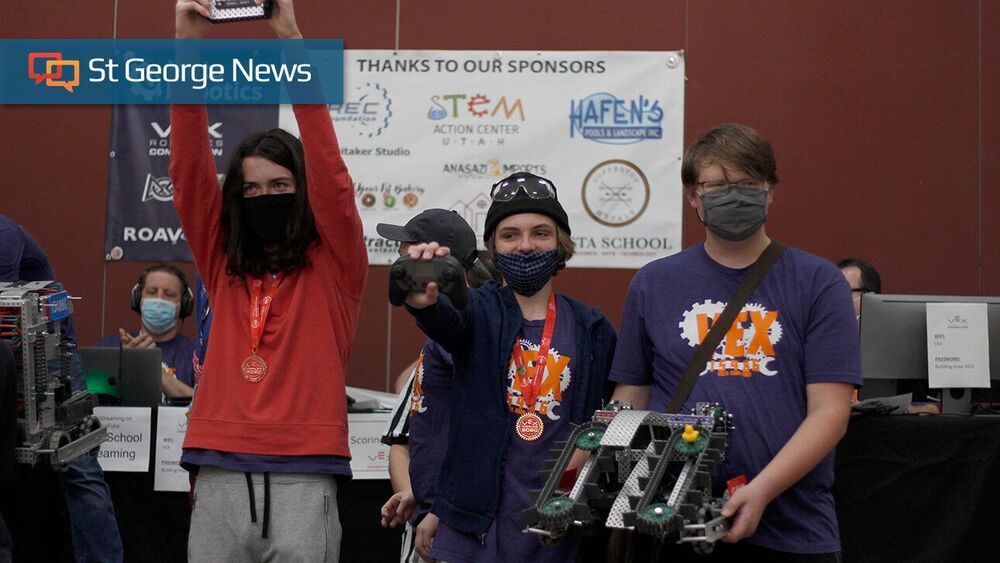
ST. GEORGE — Vista School hosted a challenge of wits, strategy, programming and robot building on Saturday.
The school hosted 27 teams from as far as Los Angeles in a VEX Robotics Competition event for this year’s game entitled Change Up. Teams designed small robots from kits of parts and competed both within the game and a skills competition.
The goal of Change Up is to score points by placing grapefruit-sized, team colored balls into tower-like goals spread across the field that can accommodate up to three balls on top of each other. Teams composed of students from grades six all the way through 12 score for having balls in the goal in addition to lining their color ball up in the same row across multiple goals and the bottom-most ball is exposed so that it may be removed from the goal. The game is played between two “alliances,” or a pair of robots from different teams. The “alliance” that scores highest wins the match.
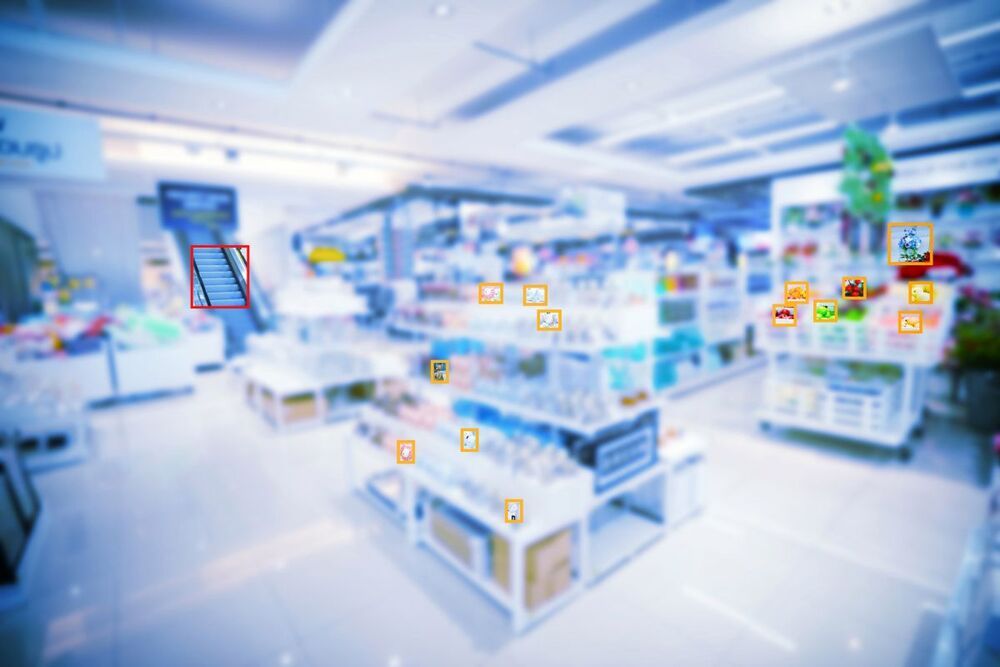
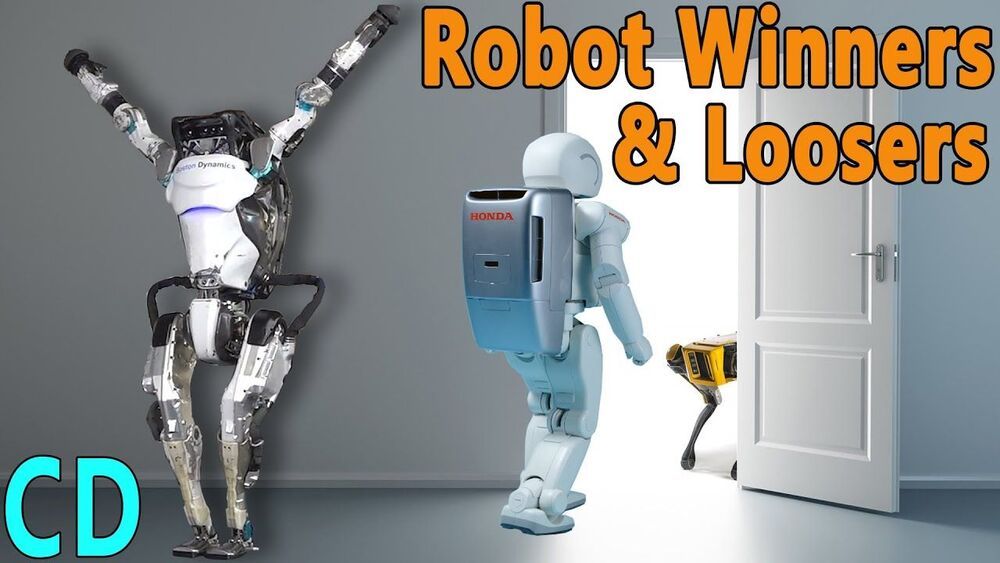
https://brilliant.org/CuriousDroid.
About 4−1÷2 years ago I did a video about the most advanced robots at the time, ASIMO, Atlas, Cheetah, Spot and Pepper. After seeing the Atlas dance video I thought it would be good to see what has happened to our famous five robots and what the future might be for legged robots and humanoid style robots.
This video is sponsored by Brilliant.org :
https://brilliant.org/CuriousDroid.
Written, researched and presented by paul shillito.
Images and footage : Boston Dynamics, Honda, Softbank, Unitree Robotics, Ghost RoboticsWhoLoDancEV, TheKiwiCoder, CARESSES — Culturally Aware Robots.
A big thank you also goes to all our Patreons smile
George Bishop II
MajorFluffy.
Florian Müller.
james t early.
Andrew Gaess.
Alistair Brown.
Eριχθόνιος JL
Etienne Dechamps.
Kedar Deshpande.
Henning Bitsch.
ChasingSol.
Carl Soderstrom.
Cameron Elliot.
Cash Garman.
Abrakodabra Kobra / 25%
Steve J — LakeCountySpacePort.
Brian Kelly.
Jonathan Travers.
Henri Saussure.
john edwards.
Vincent.
Arnold J. Rimmer, BSc, SSc.
Janne Kurikka.
stefan hufenbach.
Lorne Diebel.
Walt Dennig.
Andrew SMITH
Allan Versaevel.
SHAMIR
Jonathan Merage.
Daniele Noacco.
Collin Copfer.
László Antal.
Johan Rombaut.
Pyloric.
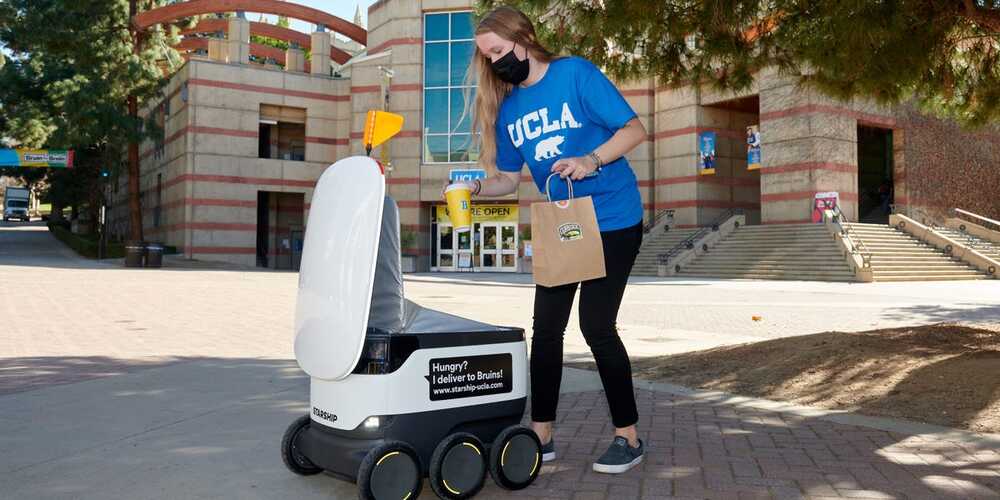
Autonomous food delivery company Starship Technologies hit 1 million deliveries this month, and has doubled the size of its robot fleet.
Starship Technologies, the autonomous delivery company that sends little six-wheeled robots to people’s doorsteps with groceries and takeout, has had an astonishing year.
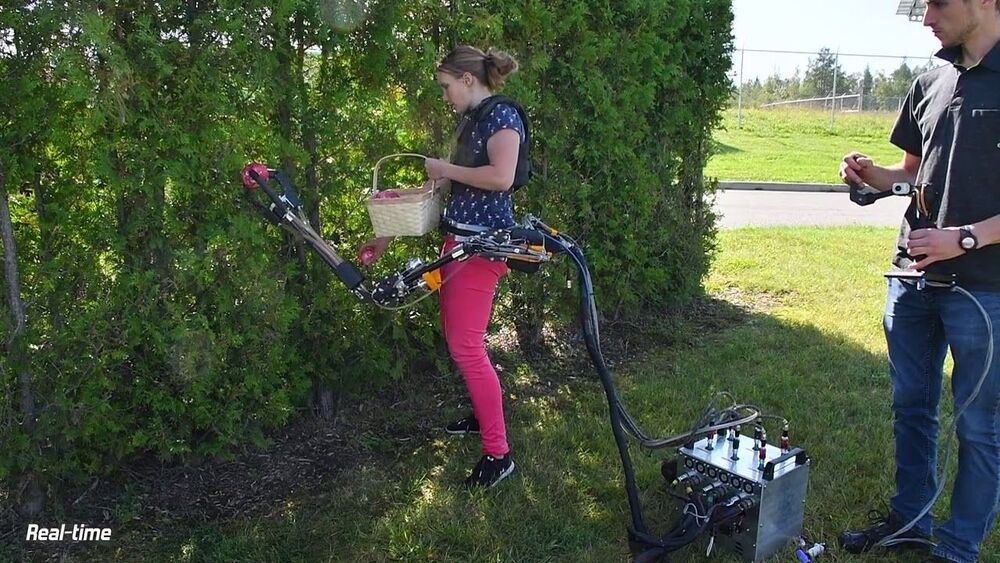
😃
The arm itself weighs about as much as a real human arm and can lift 11 pounds.
